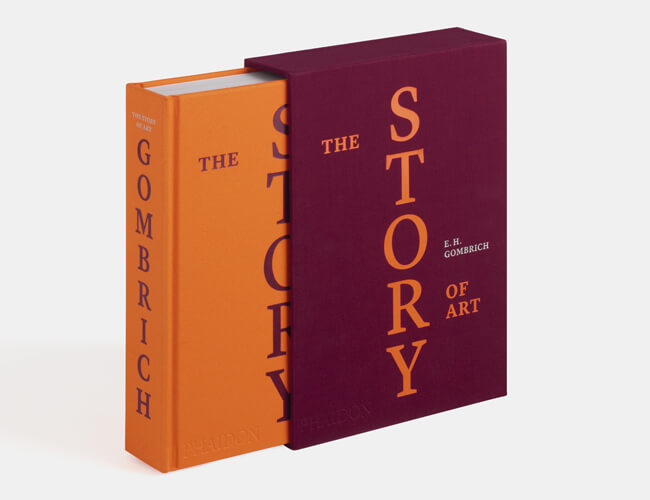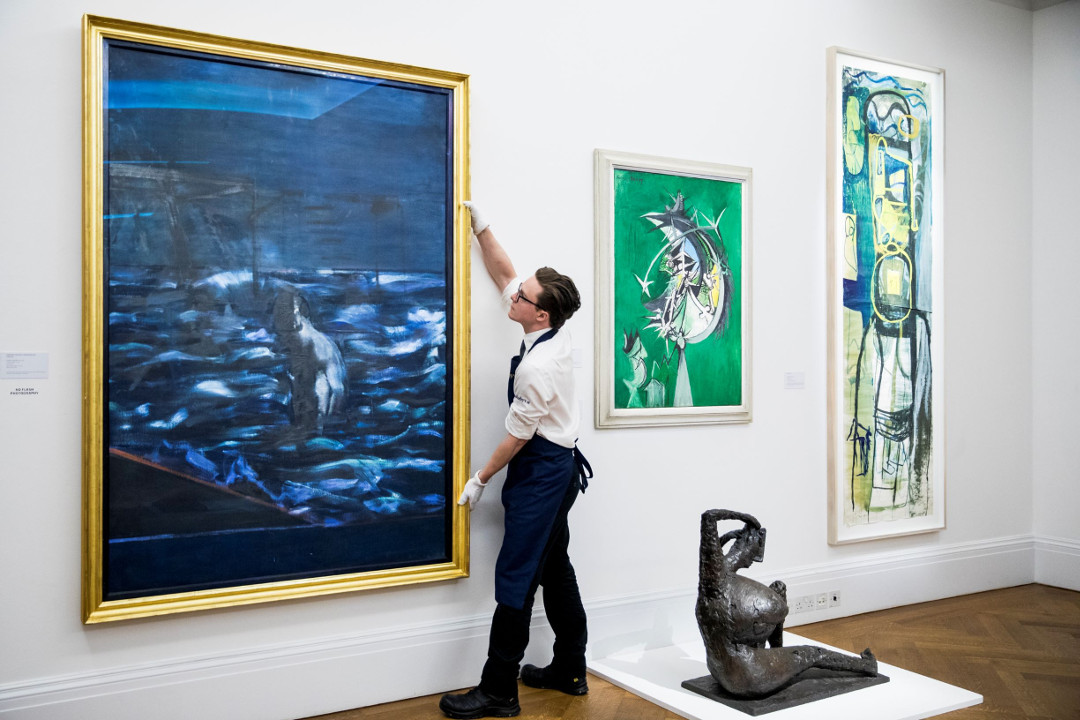
The refugees who remade British art
Sotheby’s exhibition, Brave New Visions, looks at the wartime arrivals who revolutionized London’s gallery system
Today, most major cities welcome the kind of cultivated, well-paid, creative, successful people who succeed in the art world. However, you only have to go back a few decades to recall a time when many smart gallerists, art publishers and dealers were fleeing Europe's metropoles, sometimes with little more than the clothes on their back.
Brave New Visions, an exhibition currently on display at Sotheby’s St George Street Gallery in London, tells the story of the pioneering émigré art dealers, publishers and authors who escaped Nazi persecution and, upon arrival in the British capital, set about changing London’s gallery scene, introducing artists such as Naum Gabo, Kurt Schwitters and Francis Bacon to post-war Britain.
The show forms part of Insiders/Outsiders, a year-long nationwide arts festival celebrating the impact war-era European refugees had on British culture, and serves as a compelling reminder of the benefits of immigration.
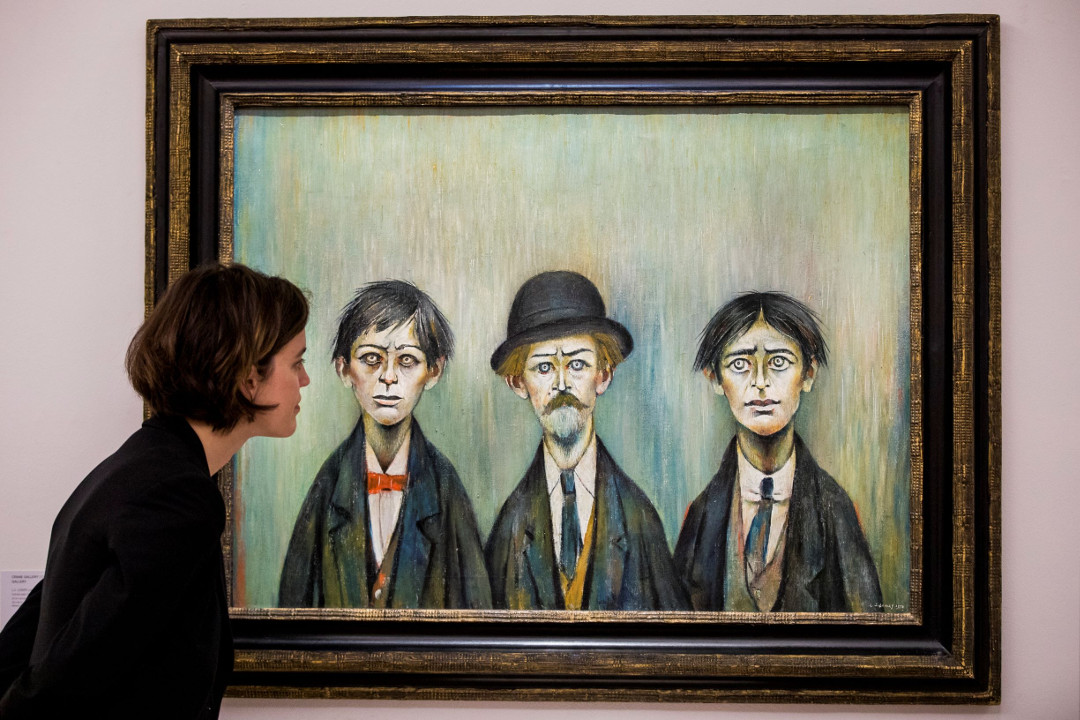
Plenty of the works on display at Sotheby’s are by artists native to British Isles; however, their art may not have found as wide an audience were it not for emigres such as Frank Lloyd and Harry Fischer, founders of Marlborough Fine Art and champions of Francis Bacon and Lucian Freud; or Andras Kalman, the Hungarian gallerist of Jewish descent who introduced Londoners to the Mancunian artist LS Lowry.
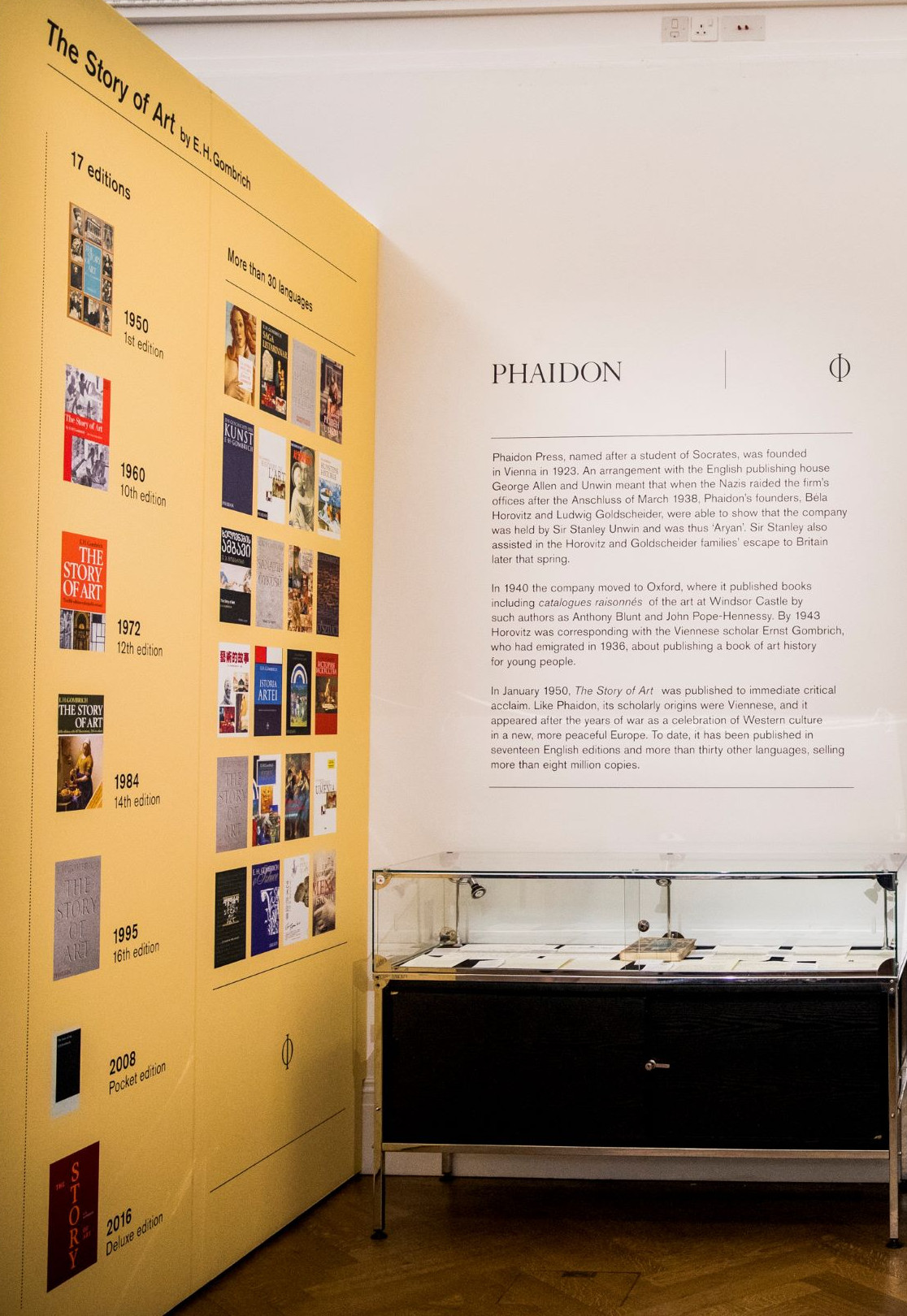
Phaidon’s own founders, Dr Bela Horovitz and Ludwig Goldscheider also feature in the exhibition; though established in Vienna in 1923, the company was relocated to London during World War II, where – like a surprising number of the institutions covered in this enlightening show – it continues to thrive.
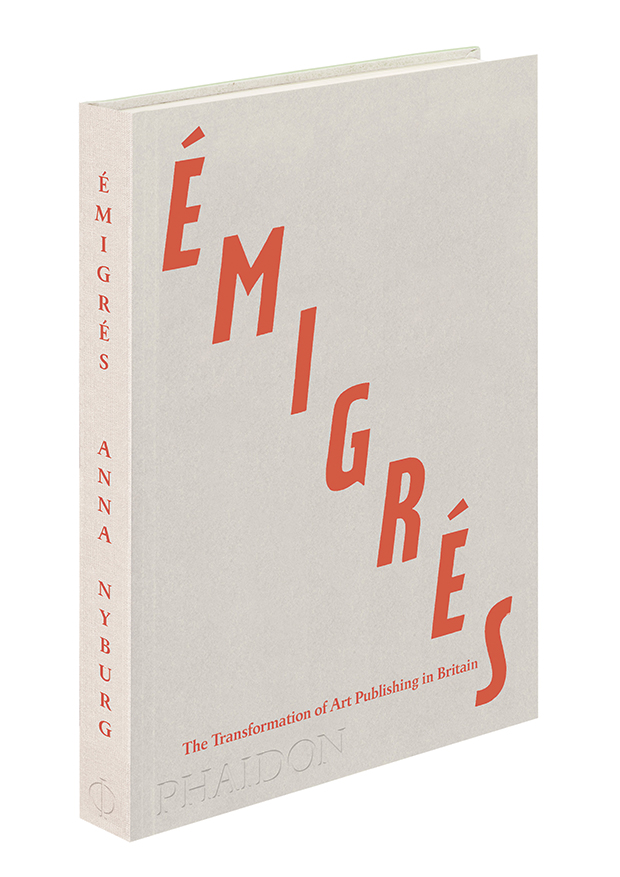
For more on Horovitz, Goldscheider and their fellow travellers, order a copy of Émigrés: The Transformation of Art Publishing in Britain; to read one of the great works by one of Britain's best wartime arrivals, order a copy The Story of Art by EH Gombrich.
